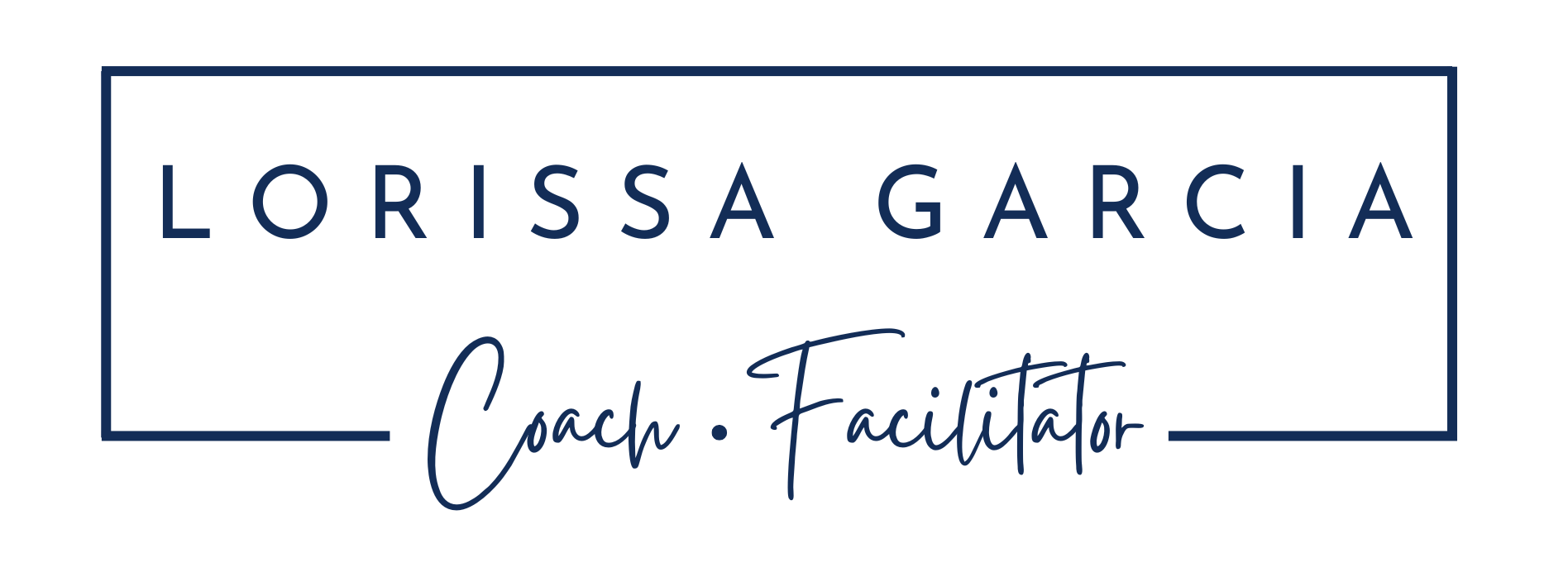Recently, I posted a story about my day in the city, to run a Leadership Circle. In an office. With real people. I was even drinking coffee in a cafe in the city amongst the hustle and bustle of trams and suits.
How very old school.
How very 2019.
Following on from this, it seems that people are curious about Leadership Circles as I had a few messages and a couple of people reach out to ask, what is a Leadership Circle? Others asked…. What happens in a Leadership Circle? How is a Circle formed? How do I get a Circle started in my team?
If you are also curious, stay with me…..
What is a Leadership Circle?
Traditionally a Leadership Circle has been the bringing together of various people from across an organisation to solve real business challenges with inputs from diverse minds. Members each have equal standing and are asked to offer their inputs, but not necessarily representing their functional department – they can offer anything that may be of value to the discussion. Conflict and challenge is encouraged in the circle, as are ways that think outside the regular business operations.
For each of the leadership groups I work with, we structure our Circles differently and play to the Strengths of the collective. For my clients, Leadership Circles are only offered to teams after we have first worked on crucial foundational pieces – a team Strengths discovery (using CliftonStrengths), understanding and mapping group dynamics, an exploration of the teams’ culture (current and desired) and a commitment to progress.
It’s fair to say that the group needs a level of psychological safety to get the most benefit, they need to feel comfortable not just observing but participating in a level of conflict that is advancing the conversation. Without it, the session is likely to be people nodding and agreeing with the most vocal team member.
For each of the leadership groups I work with, we structure our Circles differently and play to the Strengths of the collective.
What Happens in a Leadership Circle?
Solid outcomes are not usually pre-determined as they would be for a workshop, rather, the Circle will decide what outcomes they want in real time. In some circles, there are no tangible outcomes – the group simply uses the space to reflect and have conversations within a context that allows a different style of thinking. Often questions that have never been asked get answered, and answers that didn’t have questions have a new-found understanding.
Importantly, Leadership Circles are a place to;
- collaborate & learn from others
- sense-make for the current and horizon gaze into the future
- elevate thinking, individually & collectively
- come up with new ideas (blue sky thinking is encouraged)
- give space to breathe, plan and strategise
- connect with your colleagues
The group might revisit some models or frameworks we had previously worked on, or explore new landscapes. We might brainstorm, conduct a root-cause analysis, look at a competitor analysis, map the team culture, or talk about how they are applying their Strengths to the current challenges.
I’d love to be a fly on the wall…..tell me more!
I find each group I work with to be a little different in terms of what they need and how they work in a Circle;
One group I worked with were seeking ways to come together to have conversations beyond their normal team WIP’s and stand up’s. They wanted to elevate thinking and give space to have a more strategic conversations as a team. Their business was changing (hello 2020) and the opportunity for them to shape the future for their team was important.
Another group have a focus around how they can be better leaders for their teams. Off the back of a strategic planning process where culture and leadership were assessed to be an area of opportunity, this group has taken a shared responsibility to take small steps toward a distributed leadership model. The Circles give the group opportunities to not only discuss openly the challenges they face, but understand where the strengths lay in the collective.
Another group were looking at how to prioritise their work in the short, medium and long term – and how to bring along stakeholders and teams. This team had previously invested time in understanding the culture they had wanted to build for their team and anchored their culture pillars in the priorities they were setting. While these groups sat in a functional team, the platform to explore other parts of the business and how they could collaborate better was revealed.
The beauty of the circle is that the participants can bring anything to the session to be discussed, debated, and deliberated upon. The agenda itself is loose, the outcomes are more about connection, collaboration, social learning and understanding the parts that make up the whole.
How is Circle formed?
Circles are usually formed on the back of a workshop or coaching program. At the end of these sessions there is almost always a conversation about how to keep ‘these things (the learnings, conversations and connection) alive’ in the team and organisation. Leadership Circles are a way to keep up momentum, and to provide opportunities to reconnect with those bigger conversations, as opposed to being in ‘doer’ mode constantly.
A Circle can be made up of a functional team, a working group, a senior leadership team, executive team, community group, project team or cross functional team – basically any gathering of people that have a problem to be solved.
What does this mean for the Facilitator?
As a facilitator, the role is very dynamic. It’s about creating a safe space to converse, a platform for people to raise their observations, concerns, ideas and challenges, and the context for every person in the room to be heard. I am not usually looking for agreement – in fact I would be seeking out where there is perhaps some disagreement, or at least opposing views that contribute to the conversation in a way that causes participants to really think about their own perspective. It’s also about being able to trust that the knowledge is in the room – something all facilitators need to do.
In the case of a Leadership Circle, there is a requirement to be comfortable with ambiguity and a willingness to let the discussion go where it needs for the participants – not to reach a pre-determined outcome. This can be tricky if you (or your participants) have a strong expectation of solid outcomes and needs to be managed on the day, in the room, for the group.
Of all the things I love, it’s facilitating sessions like these where the conversation could go anywhere. As a facilitator and coach, I bring to the session all of my knowledge and experience to bring the best out in the team, and the best to the team in terms of models, frameworks, methodologies, tools and resources. It’s my mission to teach people how to think, not what to think -and I find these sessions one of the most effective and thought-provoking ways to do that.
Want in to a Circle of your own?
Would a Leadership Circle benefit your team? Let’s chat – DM me on any of my socials, email [email protected] to organise a ZOOM call or give me a buzz, old school style on 0417 175 526




